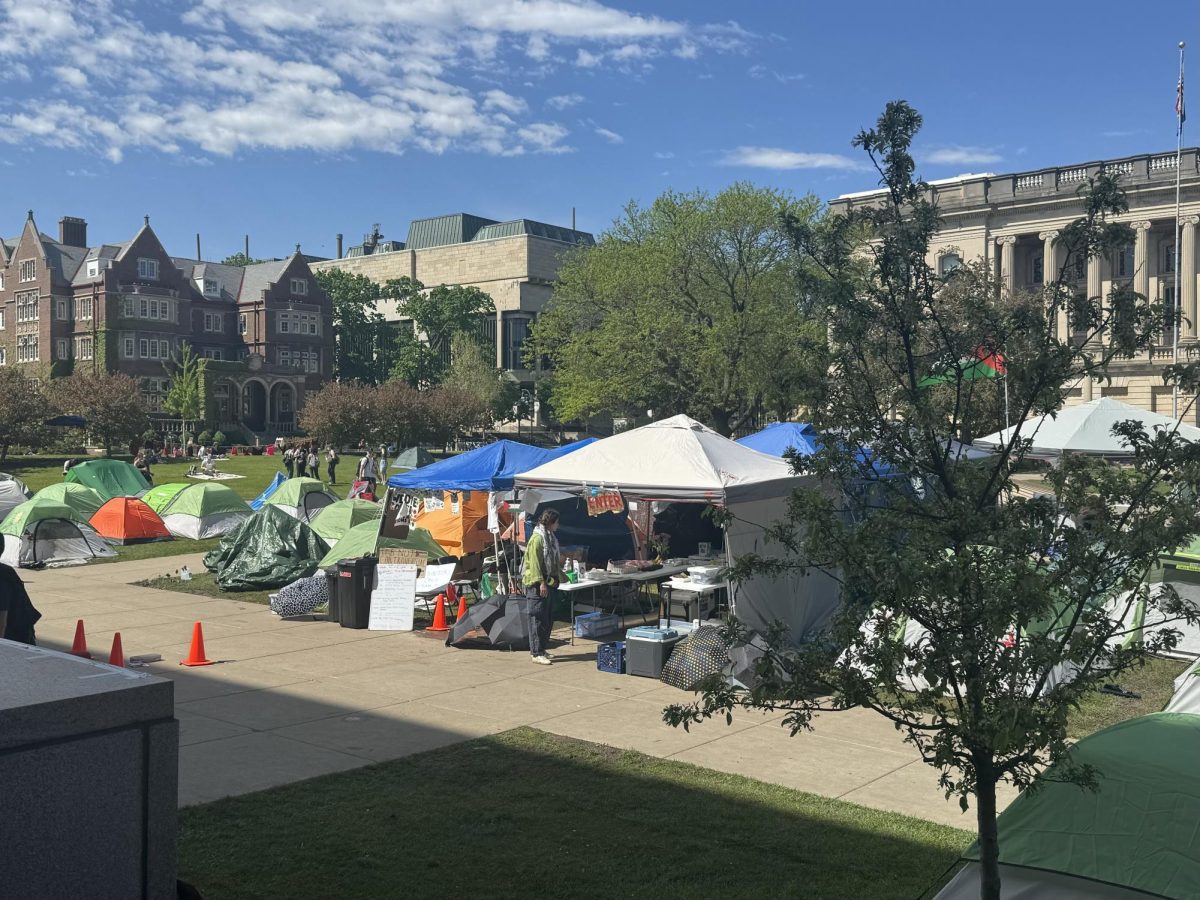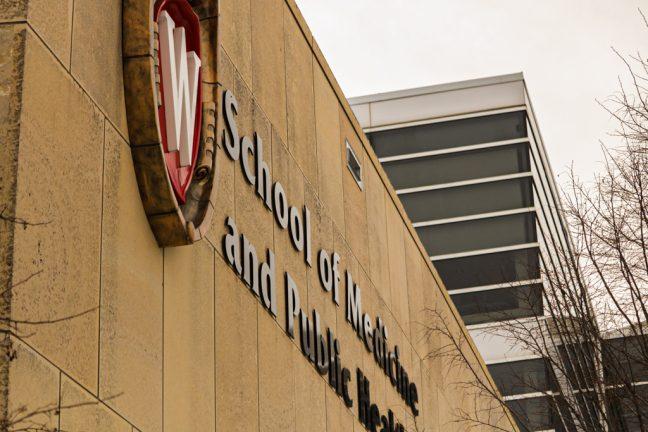Madison has begun testing trees for emerald ash borers, an invasive Chinese insect that has been devastating much of North America’s ash trees.
Ald. Scott Resnick, District 8, said around 25 percent of Madison’s trees are ash trees, adding it will cost the city millions in order to fully cover the incurable disease, which causes ash trees to slowly rot and die.
He said the city is making very concentrated efforts to quarantine infected areas and replace trees vulnerable to the disease. He said it is very likely the disease, which has already reached Janesville, will spread to the city.
Resnick said the city will do this at a controlled pace over several years.
“It’s devastating,” Resnick said. “We want to prevent it from spreading and be proactive with the trees in the neighborhoods.”
Ken Raffa, a UW etymology professor, said the main emerald ash borer infestation is in Detroit and has been in the United States for 12 years. Having infested the southeastern part of Wisconsin, including parts of the Milwaukee area as well as areas surrounding the Mississippi River.
Raffa said in China the insects do not kill healthy trees, but only sick or old trees that do not have defenses. He said China’s ash trees have good defenses against emerald ash borers, which North American ash trees do not have.
“There is no evidence any of the ash trees in the eastern half of the United States having any resistance,” Raffa said.
The emerald ash borer came to the United States in wood packing material on ships, Raffa said, adding people are encouraged not to transport firewood, because that is how they get spread around much of the state and region.
He said emerald ash borers have previously been detected by putting purple traps in ash trees. However, this method was largely ineffective, analyzing branches and conducting a tree diagnosis, which the city of Madison will do, will be more accurate, Raffa said.
He said taking a sample of the branch allows one to look directly for emerald ash borer, but is also much more labor intensive.
According to Raffa, there is no efficient method of detecting the emerald ash borer, however, new populations are often located when people notice a large number of dead trees. Upon closer examination it turns out the insect has been in the trees for four or five years without being noticed, Raffa said.
In addition, people can help ash trees by treating the trees with pesticides, but this is an expensive option that is only used in urban areas and not for ash trees in forests, Raffa said, adding people can choose to remove ash trees and plant something else.
Raffa said most cities are surveying ash trees to see which ones are in bad shape and take those ones out first, and replace them with other tree species. He said this will make the effects of the emerald ash borer more gradual instead of all at once.
















